41 food chain trophic levels worksheet answers
› Biology-Notes-Form-3Biology Notes Form 3 PDF | Biology Form 3 Questions and ... Organisms in a particular habitat have different feeding levels referred to as trophic levels. There are two main trophic levels: Producers: These organisms that occupy the first trophic level. They manufacture their own food hence are autotrophic. Consumers: These are the organisms that feed on organic substances manufactured by green plants. › createJoin LiveJournal Password requirements: 6 to 30 characters long; ASCII characters only (characters found on a standard US keyboard); must contain at least 4 different symbols;
› science › ecosystemsScience for Kids: Food Chain and Web - Ducksters In an ecosystem, plants and animals all rely on each other to live. Scientists sometimes describe this dependence using a food chain or a food web. Food Chain A food chain describes how different organisms eat each other, starting out with a plant and ending with an animal. For example, you could write the food chain for a lion like this:
Food chain trophic levels worksheet answers
› ecology-lessonFree Ecology Lesson Plans / Ecosystems - elemenschoolscience An example of a simple food chain is: grass à eaten by a rabbit à rabbit eaten by a bobcat. Producers, consumers, and decomposers are all important parts of the food chain. The producers create all of the energy in the food chain. The consumers use the energy created by the producers. As you move along in the food chain, energy is lost. › a › food-chains-food-websFood chains & food webs (article) | Ecology | Khan Academy How food chains and food webs represent the flow of energy and matter. Trophic levels and efficiency of energy transfer. › feeding-relationships-gcseFeeding relationships — the science hive A food chain showing how green leaves (the producer) harness the energy from sunlight and convert it into biomass which passes along the rest of the food chain. The beetle eats leaves so is a primary consumer and is itself eaten by birds which are the secondary consumer. The snake is the tertiary consumer since they eat birds.
Food chain trophic levels worksheet answers. tabbt.phoenixhelicopters.shop › living-thingsLiving things within an ecosystem All living organisms can be organized into producers and consumers, and those producers and consumers can further be organized into a food chain. [2] [3] Each of the levels within the food chain is a trophic level. [1]. An ecosystem is a community of animals, plants, micro-organisms, non-living things and their shared environment. › feeding-relationships-gcseFeeding relationships — the science hive A food chain showing how green leaves (the producer) harness the energy from sunlight and convert it into biomass which passes along the rest of the food chain. The beetle eats leaves so is a primary consumer and is itself eaten by birds which are the secondary consumer. The snake is the tertiary consumer since they eat birds. › a › food-chains-food-websFood chains & food webs (article) | Ecology | Khan Academy How food chains and food webs represent the flow of energy and matter. Trophic levels and efficiency of energy transfer. › ecology-lessonFree Ecology Lesson Plans / Ecosystems - elemenschoolscience An example of a simple food chain is: grass à eaten by a rabbit à rabbit eaten by a bobcat. Producers, consumers, and decomposers are all important parts of the food chain. The producers create all of the energy in the food chain. The consumers use the energy created by the producers. As you move along in the food chain, energy is lost.
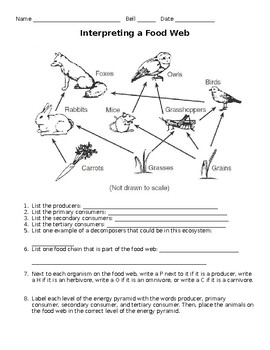


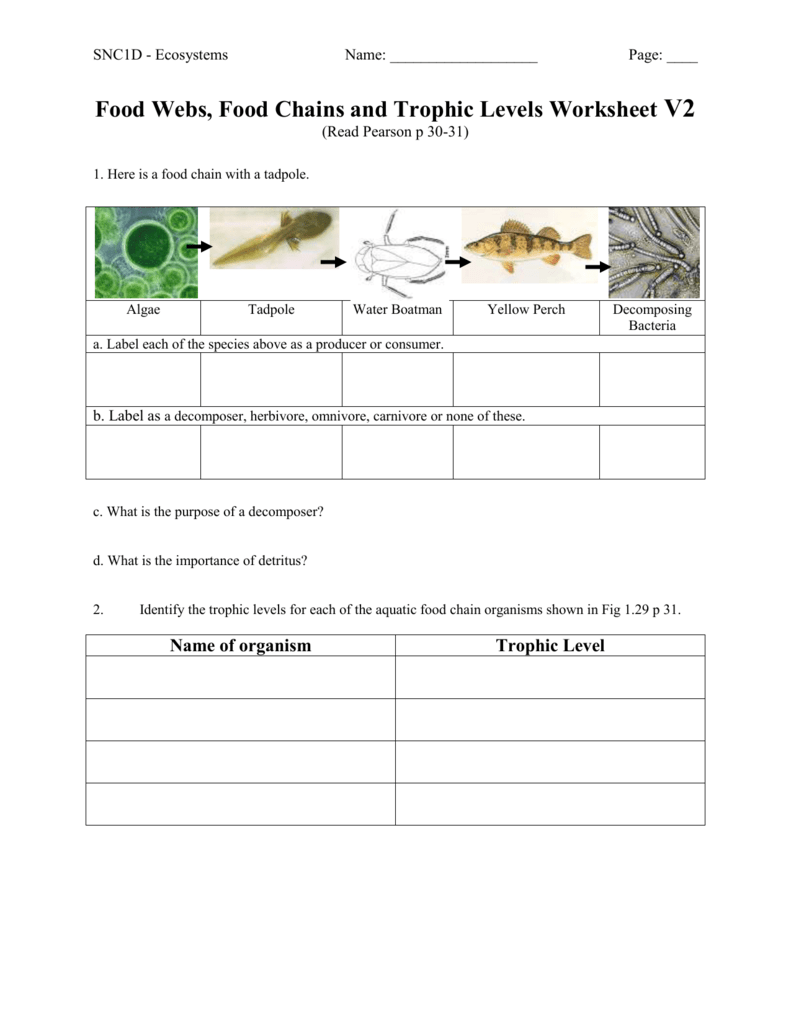




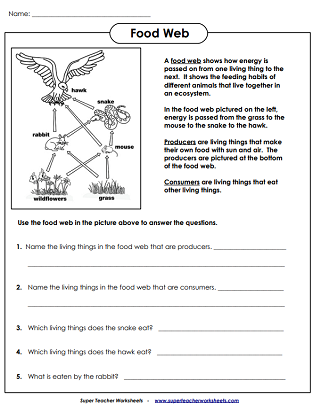


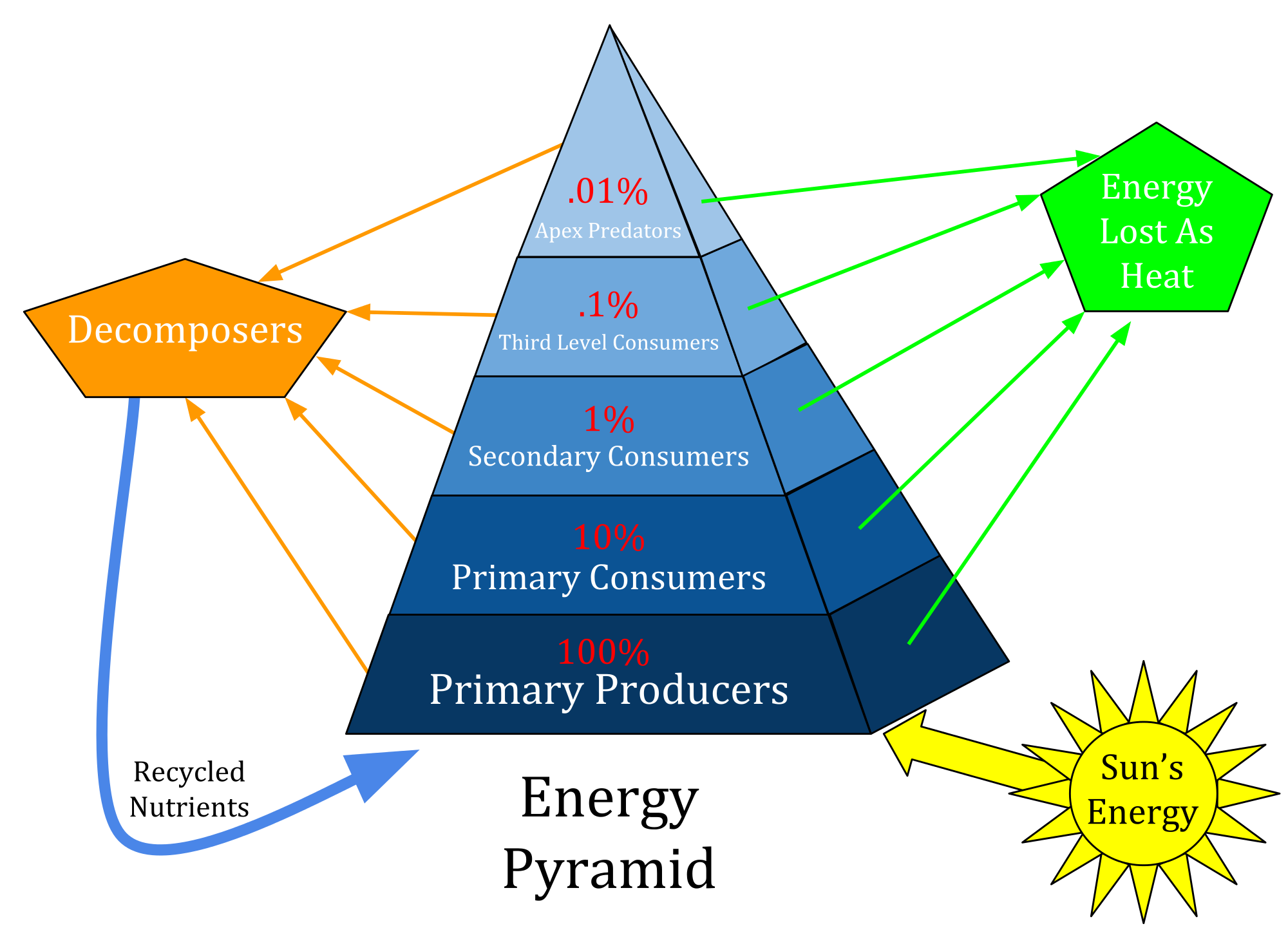

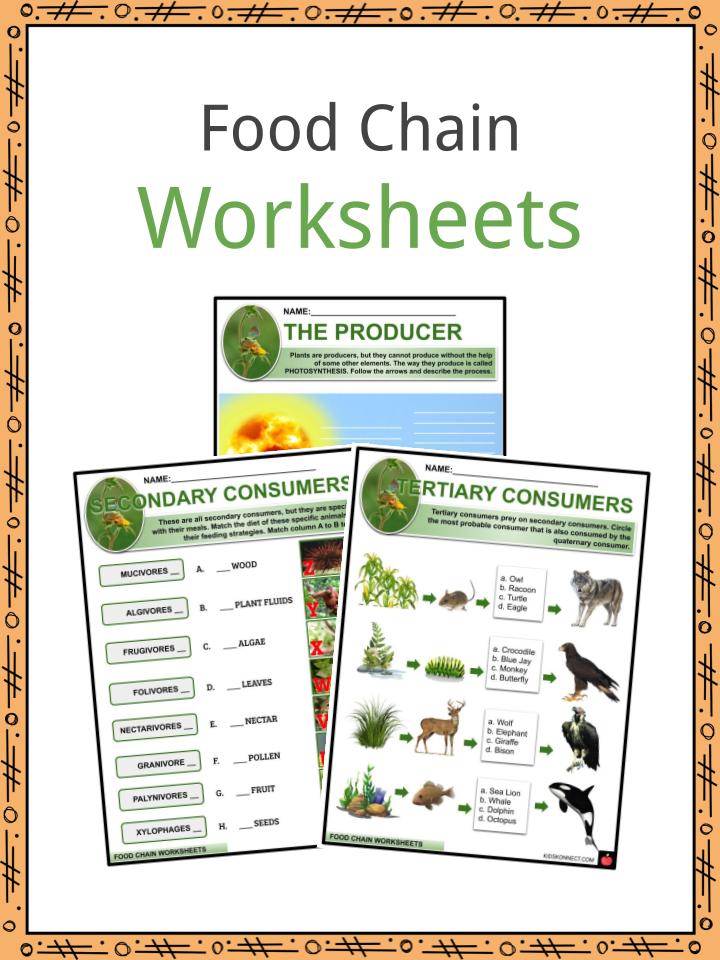


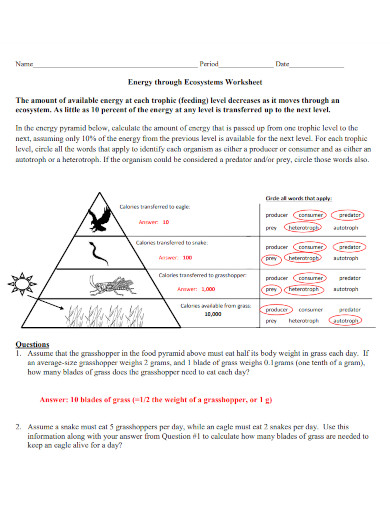

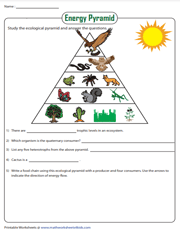
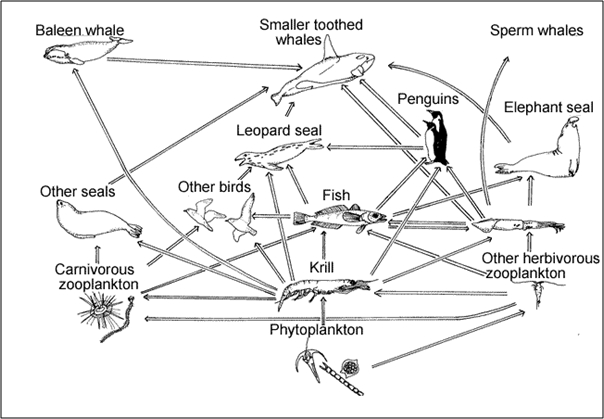
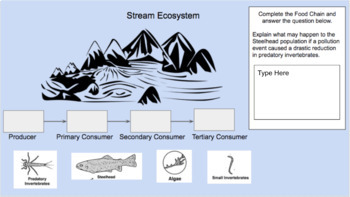
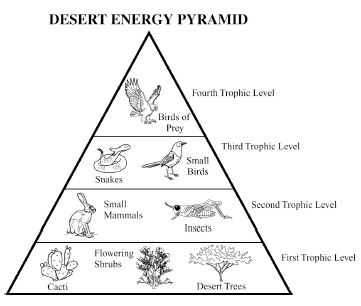


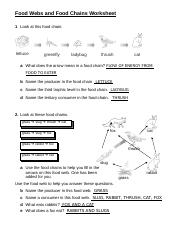


0 Response to "41 food chain trophic levels worksheet answers"
Post a Comment